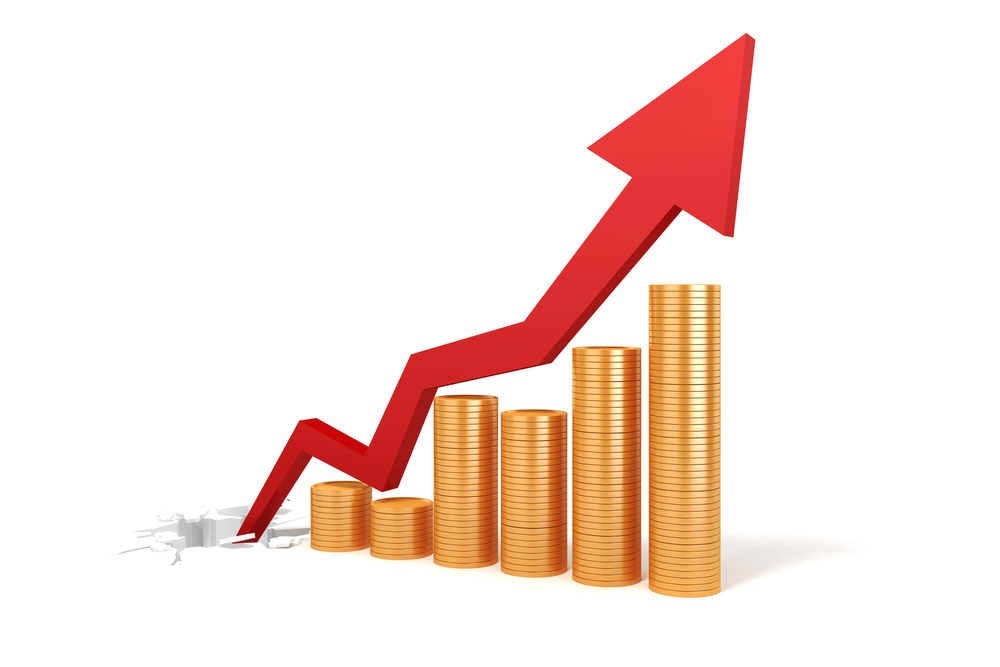The inflation rate in the US picked up in February, as prices for petrol and housing pushed higher.
The annual rate, which measures the pace of price increases, was 3.2% in February, up from 3.1% in January, the Labor Department said.
Airfare, car insurance and clothing were among the items driving the increase over the month.
Grocery prices, which have jumped in recent years, fuelling public discontent, were unchanged.
The monthly report comes during a critical presidential election year and as the US central bank, the Federal Reserve, is debating the next step in its fight to rein in prices.
Inflation has slowed significantly since the Fed started hiking borrowing costs sharply in 2022 and the bank is expected to start reversing course and cutting interest rates sometime this year.
But calls for the first cut to come as soon as March have been revised as recent inflation readings show progress stalling, with many now expecting its first move in June or later.
Analysts said the figures were affected by seasonal price adjustments tied to the start of the year, but that the overall report was likely to reinforce the Fed’s determination to remain cautious.
“This print is just about enough to keep rate cut expectations for June stable – but another print like this next month would push the first cut into the second half of the year, putting the soft landing narrative in question,” said Seema Shah, chief global strategist at Principal Asset Management.
The US economy has so far held up better than expected in the face of inflation and higher borrowing costs, but persistent price rises have hampered President Joe Biden’s ability to sell his policies to voters and could pose risks to the economy in the months ahead.
The Labor Department said petrol prices rose by 3.8% between January and February, while airline fares rose 3.6%.
Grocery prices showed little change over the month, as higher prices for items such as cereal, bread and eggs were offset by lower meat and fresh fruit costs.
Overall, grocery prices were 1% higher than a year earlier.
Housing costs rose 0.4% over the month and 5.7% from February 2023.
Housing plays a major role in US inflation calculations, amounting to roughly a third of the consumer price index.
The department’s inflation measure takes into account both rental rates and “owners’ equivalent” rent, an estimate of what a homeowner would have to pay to rent their own property.
If housing costs are excluded, the inflation rate in the US is far lower than the official rate – with prices up about 1.8% compared with February 2023.
Joe Brusuelas, chief economist at consultancy firm RSM, who last year had predicted that housing costs would remain an inflation driver, said he now saw that changing in the months ahead.
“If you’re looking at the US from externally, you should be able to begin to make some judgment that the US is rapidly approaching the point at which we can say we’ve obtained price stability,” he said.
The latest report, Mr Brusuelas said, suggested “a lot of noise and not the development of a new trend”.
But he added, “We’re not quite there yet to the point where the Fed’s ready to declare the all-clear”. – bbc.com

